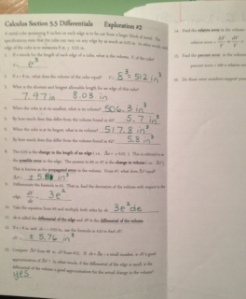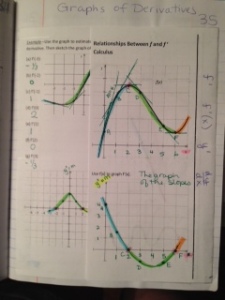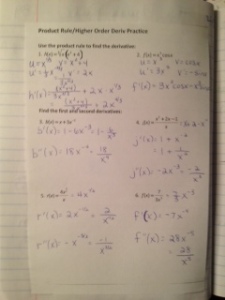In my spare time, I love to peruse Pinterest. You can follow me here. I think it’s relaxing…even if I don’t particularly need new activities for the topics I’m teaching at the moment. I may find something useful, or something to store for later. Most of the time I get ideas…not anything I use as is. But there are so many creative teachers out there who give me great ideas for my own class. Today was one of those days I used a lot of what I found on Pinterest, with my own spin.
In Honors Precalculus, we worked on a Maze Review for Polynomials. This activity was intended as an in class review, to get students familiar with the skills they still need to fine-tune when they go home to study. This is an example of a time where it is better to pay a fellow teacher on Teachers Pay Teachers for an activity then try to recreate the wheel. The activity was perfect for what I wanted my students to do in class.
I was particularly proud of the MathLib I did in Calculus though. We are beginning our chapter on Derivatives and the power rule, but I know that half the trouble (or more) that students have with this rule is their understanding of exponent properties. Sometimes they haven’t even thought of this since Algebra One. So we did a quick graphic organizer on the Exponent Properties and tried a few tougher examples together. Then students paired up to tackle the MathLib. I got the idea from Pinterest, using All Things Algebra‘s Similar Triangles MathLib in my Honors Geometry class last semester. The students enjoyed it, and I like that these types of activities give students a chance to practice the math and know if what they chose is correct almost immediately. They serve the purpose of a worksheet, without the bore of a worksheet. Plus, working on it in class gives students the opportunity to ask questions of each other and me. Here is a shot of one of my slides…and I’ve linked my dropbox file here.

I used some fonts I found on Pinterest, mostly Kimberly Geswein fonts. The students had fun with the nonsensical MadLib and were able to fix any mistakes they might have made by the end of class because all I had to do was check the answers they chose:

If there was anything wrong…they went back and tried again, something students do not do too often on a typical worksheet.
My final Pinterest inspiration for today was in Geometry. We are working on our Area unit, and in need of breaks from the typical area problems in the book. We spent Thursday and Friday talking about the basic area formulas (parallelograms, trapezoids…) and today we took some time to start their banner problems. We only had time to do 4 of the problems, but it was a good start since we haven’t spent too much time in this unit yet. 
I got the idea from Scaffolded Math and Science. She has a ton of great ideas on her site, including her own area banner activity. The problems on hers would not have completely been right for my group of students, so I created my own. I appreciate the inspirations, they really get my mind working.
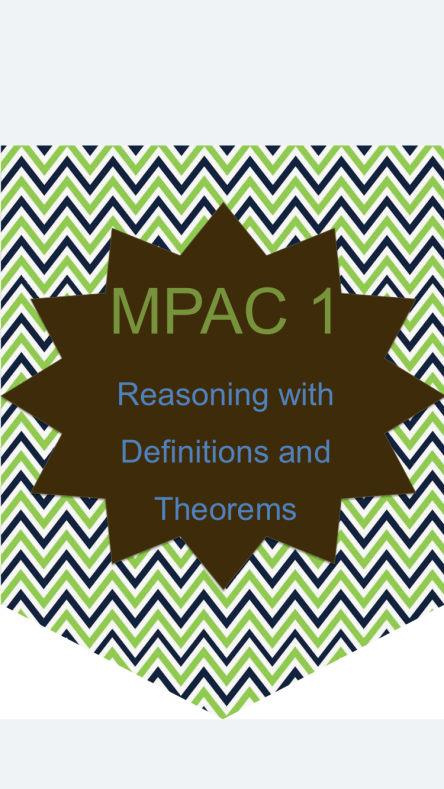
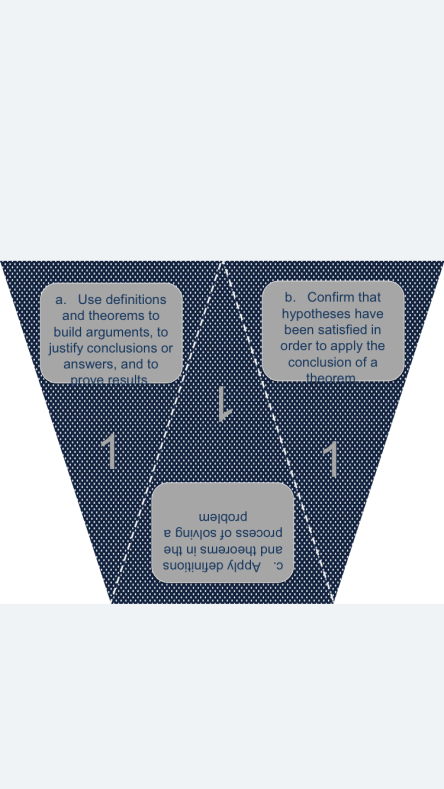





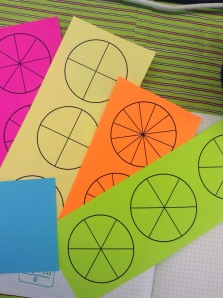


















 Even though I don’t start my courses with content on the first day, the notebook is still an integral part of the day. I have also noticed that the word is out on my class. Students are starting to expect my “scrapbook” (as some refer to it) when they see I’m their teacher. And the fun in my math department is, a few more teachers are using Interactive Notebooks in their classes to help keep their students organized and to give them a tool for studying!
Even though I don’t start my courses with content on the first day, the notebook is still an integral part of the day. I have also noticed that the word is out on my class. Students are starting to expect my “scrapbook” (as some refer to it) when they see I’m their teacher. And the fun in my math department is, a few more teachers are using Interactive Notebooks in their classes to help keep their students organized and to give them a tool for studying!





